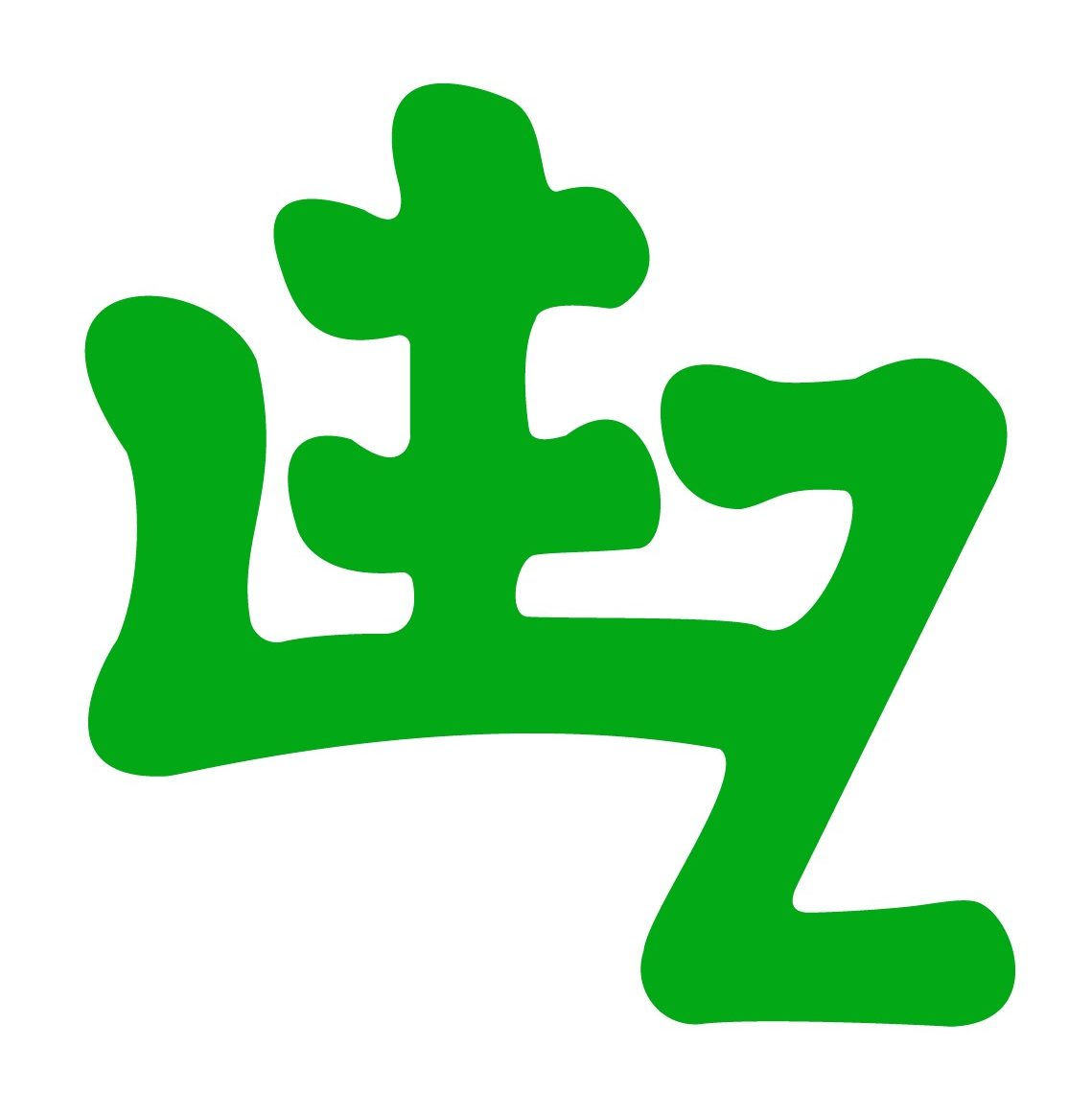Yi Language Dialect Areas and the Standardization of Yi Script
The Yi people, China’s seventh-largest ethnic group, primarily live in Sichuan, Guizhou, Yunnan, and Guangxi provinces, with a population of 6.1 million. The Yi language is characterized by significant dialectal diversity and a historically fragmented writing system, making it under-resourced within China’s linguistic landscape. To address these challenges, the Chinese government launched the Yi Script Standardization Scheme in 1980, selecting the Northern Yi dialect’s Nuosu language as the base. This initiative introduced 1,165 core characters, standardized the Yi writing system from left to right, and incorporated both Arabic and traditional Yi numerals. In 2010, further efforts were made to standardize the Yi script and pronunciation, resulting in a universal script with 5,598 Yi characters, 49 consonants, and 10 vowels.
Through this report, you can access information about:
- Basic information on the six major Yi dialect areas in China.
- The detailed process and applicable cases regarding the development of informatization of Yi languages within each division.

Source: Language Atlas of China (2nd edition): Minority languages volume]. Beijing: The Commercial Press
Written and edited by Jin Dai
Collaborative Efforts Drive the informatization of Yi Script
The informatization of the Yi script has been a collaborative effort, involving contributions from government authorities, academic experts, and public initiatives. This report highlights the combined efforts of these three pathways in advancing the informatization of the Yi script, particularly in the development of input methods and speech recognition technologies.
The report provides a chronological overview of the milestones in the informatization process, showcasing how governmental support, scholarly research, and community involvement have collectively promoted the integration of the Yi script into the digital age. You will gain insight into the three pathways of efforts in preserving and modernizing the Yi script through technological innovation.

Written and edited by Jin Dai
Miao Language: Dialects and Script
Miao (苗) is the Chinese name and the one used by Miao in China. However, Hmong is more familiar in the West, due to Hmong emigration. The Miao language includes several dialects such as the Central, Eastern, and Western, each further divided into numerous sub-dialects. The ECura project focuses on the Northeastern sub-dialect of the Western dialect around Kunming.
This area uses the traditional Old Miao Script (滇东北老苗文), also known as the Pollard Script or Shimenkan (石门坎) Miao Script. This script was devised in 1905 by Samuel Pollard (1864-1915), a British missionary, with the assistance of Han Chinese preacher Sitifan Li (李斯提反) and Miao intellectual Yage Yang (杨雅各). In the Pollard Script, each syllable is represented by a capital letter, which serves as the initial consonant forming the main body of the word, and a smaller letter that indicates the rhyme and is placed above or to the right of the main letter. The position of the smaller letter denotes the tone. For more information, please see this article: Letters, Pronunciation, and Tones of the Pollard Script


Article by Yunhui Yang, translated and edited by Keyi Liu
Miao Musical Notation
After Samuel Pollard created the Old Miao Script, he developed a Miao musical notation system. Since Christian ceremonies feature a large number of hymns, this notation was designed to help Miao believers quickly learn Western hymns. Pollard based the system on the principles of the British tonic sol-fa system, using the initials and finals from the Old Miao Script. Below is some music theory knowledge related to Miao musical notation. For more details, please click the link below according to your needs.


Article by Yunhui Yang, translated and edited by Keyi Liu
Audiovisual Self-Representation via WeChat: A Report on Minority Music in Yunnan Province
Focusing on Yunnan Province, where 25 of China’s 55 recognized ethnic minorities reside, the study delves into how these minorities, specifically the Bai, Miao, and Yi, utilize WeChat Channels to share their cultural expressions and disseminate their musical heritage.
This report is divided into two main sections:
- The first section provides a broader context on the use of digital social media in China, highlighting WeChat’s pivotal role in facilitating social interactions and content sharing among ethnic minorities.
- The second section offers a detailed visual content analysis of music videos created by users from the Bai, Miao, and Yi communities.
Through this analysis, the report uncovers the frequency, themes, and characteristics of the visual representations of these groups, demonstrating how WeChat serves as a platform for both preserving and transforming ethnic minority cultures in the digital age. The findings emphasize the blend of traditional and modern elements in these audiovisual narratives, contributing to the ongoing discourse on ethnic identity and media representation in China. For more information, please see this report via link[…]


Report by Leonardo D’Amico; edited by Jin Dai
